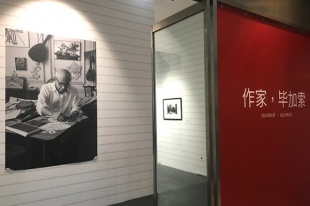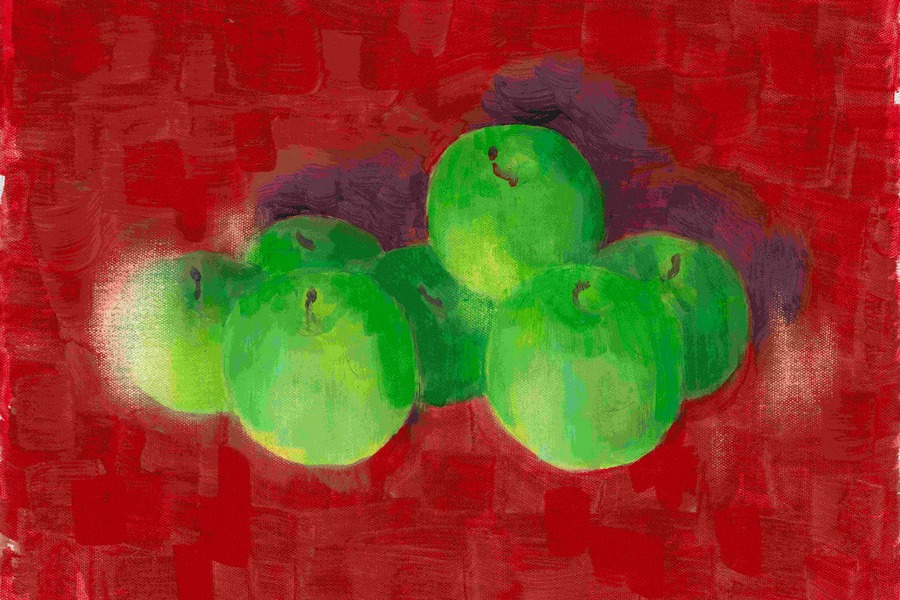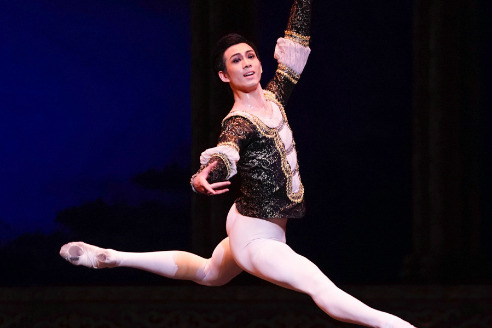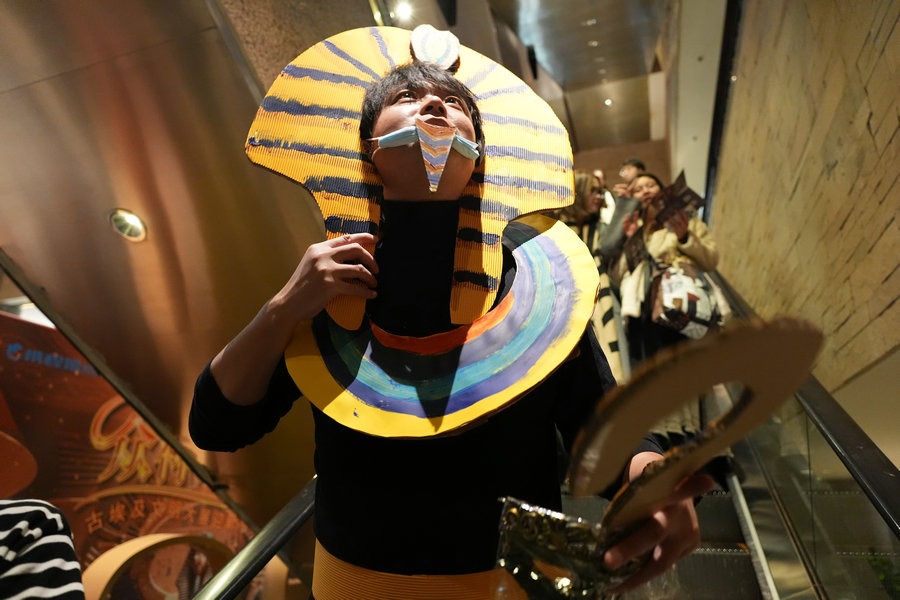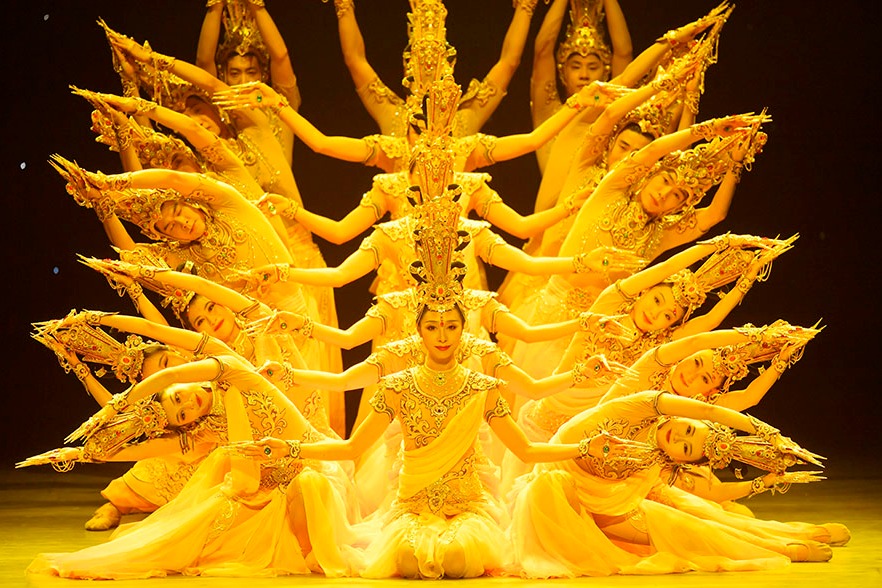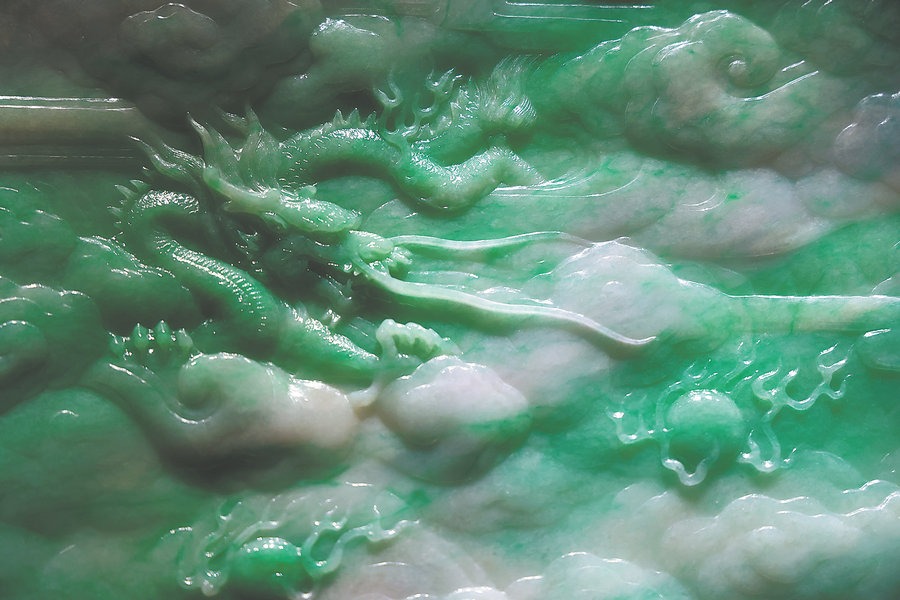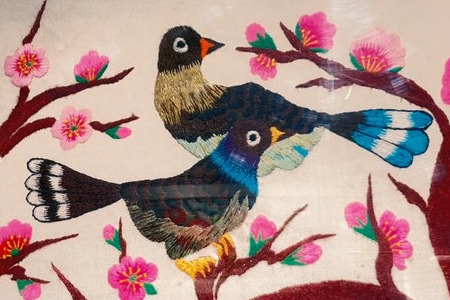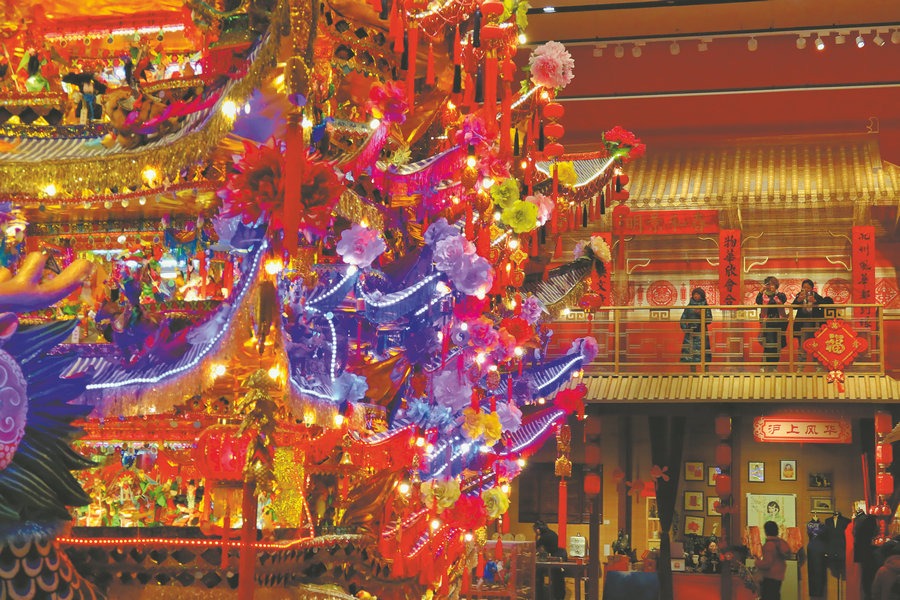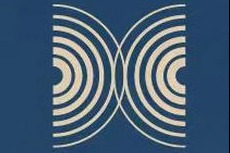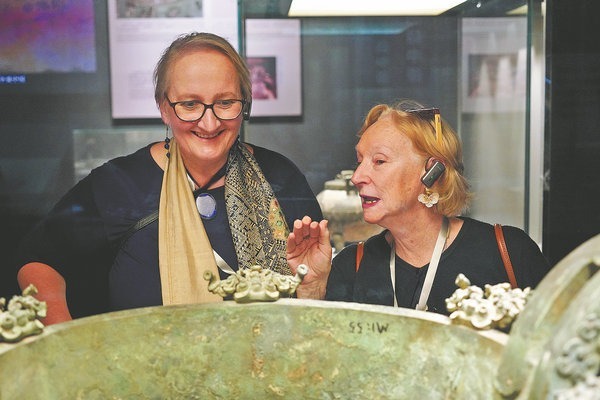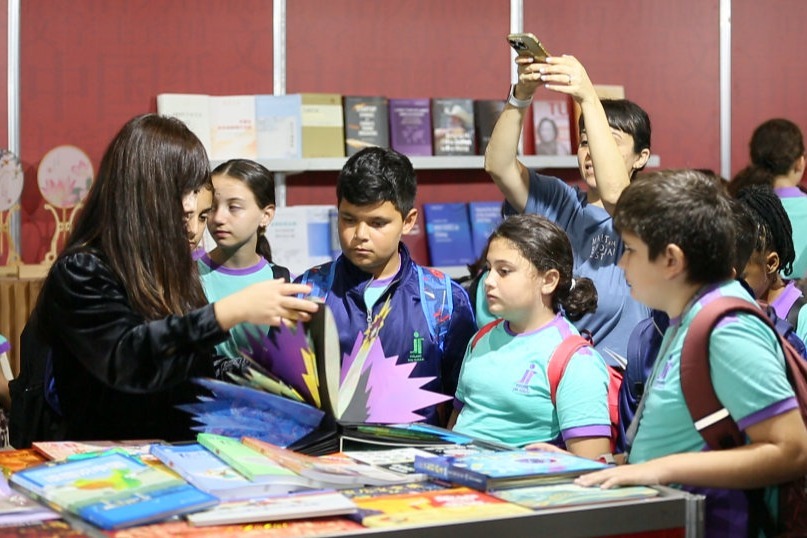Picasso, painter and poet

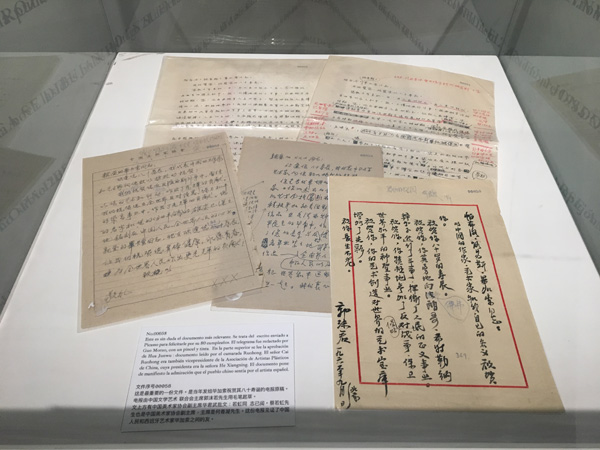
According to Jose Lebrero Stals, artistic director of the Picasso Museum Malaga and curator of the current exhibition, Picasso continued to write, mainly in French or Spanish, until 1959. He left behind more than 350 poems, as well as three other literary works, including two plays.
As for the motivation behind Picasso's literary creations, Lebrero Stals says that writing may have offered him an alternative means of escape and self-expression other than just painting during the tumultuous times in 1930s Paris, the city Picasso had lived in since 1904.
In his poems, he often talks of his childhood, his family and his hometown, and Lebrero Stals believes these documents provide useful insight into both his personality and his Spanish cultural origins.
During a panel discussion ahead of the exhibition's launch, experts pointed out that, just as with his paintings, Picasso's poetry was not confined to any specific form: his scribbled handwriting usually lacked punctuation and was often heavily amended.
Picasso had a childlike heart and wanted to try his hand at everything, and he liked to experiment with different subjects and forms of poetry, says Yu Zhongxian, a writer who translated Picasso's poems from French into Chinese.


